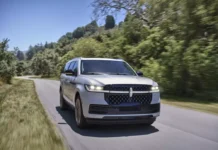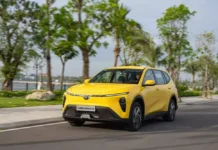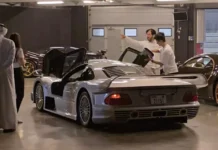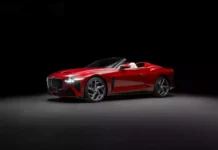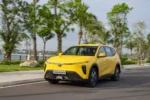“Wiping out” and rebirth
Mazda was established in 1920 in Hiroshima, Japan under the name Toyo Cork Kogyo Co., Ltd. By 1927, the company changed its name to Toyo Kogyo Co., Ltd. At that time, Toyo Cork Kogyo mainly manufactured machinery. In 1929, the company produced its first automobile engine, and in 1931, Mazda exported 30 three-wheeled cargo vehicles to the Chinese market.
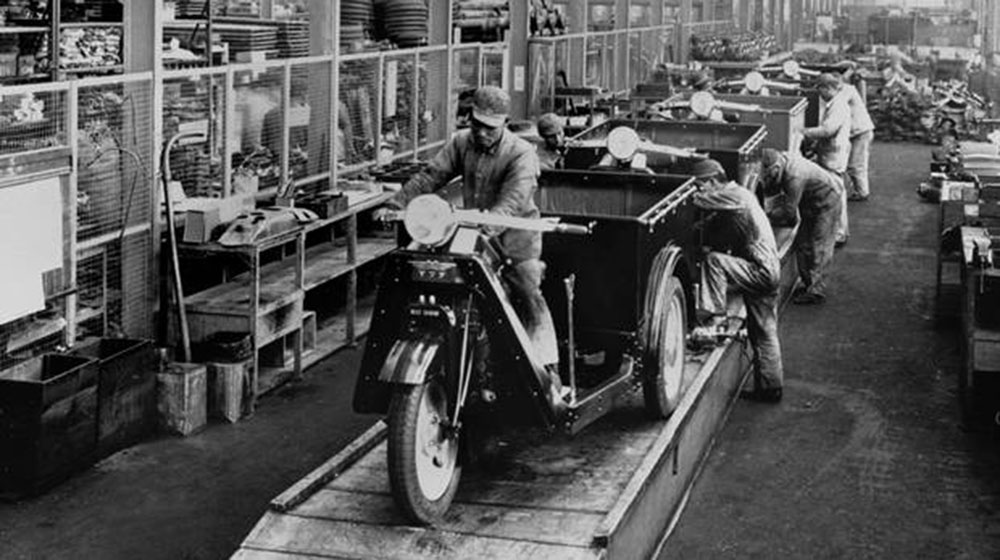
Mazda produced its first sedan in 1940, but had to stop due to World War II. On August 6, 1945, an atomic bomb dropped by the United States destroyed the entire city of Hiroshima, including Mazda Motors’ factory. The name Mazda was wiped out for 15 years.
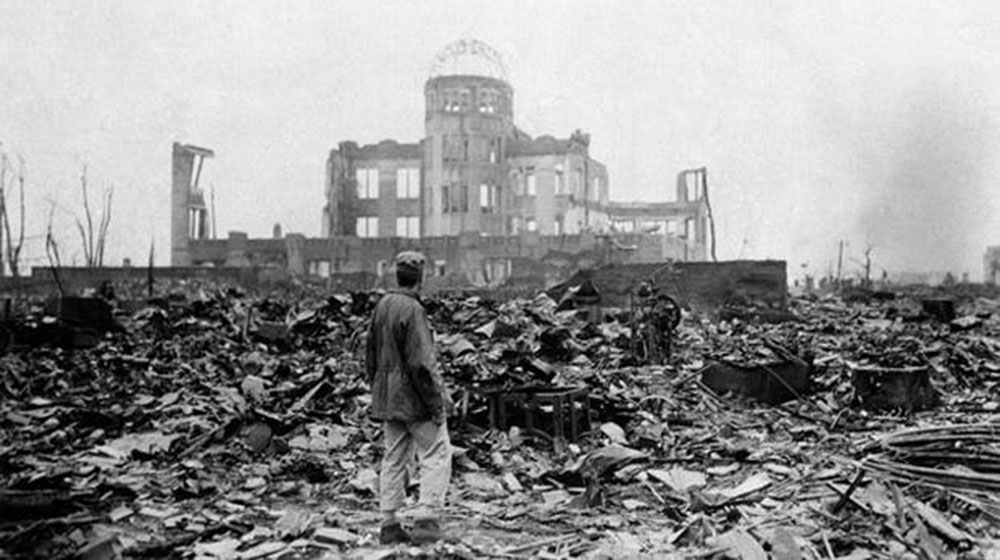
In 1959, Mazda made a comeback after the reconstruction period. In the early 1960s, Mazda focused its resources on researching and developing the Wankel rotary engine to differentiate itself from other automakers in Japan. Mazda became the only car manufacturer to use the Wankel rotary engine when it first introduced the Cosmo sports car in 1967, and the RX-7 model continues to exist to this day.
Given the commercial success, Mazda completed a passenger car manufacturing plant in Hiroshima in 1966 and started exporting to the US market. In 1970, Mazda officially entered the North American market under the name Mazda North American Operations and has been very successful in this market.
The 1973 oil crisis posed many challenges for Mazda, and this was the reason for the long-lasting relationship between Ford and Mazda. The first cooperation between the two companies was marked by the Ford Escape and Mazda Tribute models, which were sold in many places around the world and were very successful.
Continual innovation
Mazda switched to producing piston engines and manufactured a series of I4 engine models throughout the 1970s. Not wanting the rotary engine to be completely eliminated, Mazda shifted its focus to producing sports cars for car enthusiasts.
The Mazda sports convertible line (known worldwide for the MX-5 or Miata model) was launched in 1989. By May 2000, the Guinness World Records certified Miata as the best-selling sports convertible in the world with sales of 531,890 units in 10 years (from April 1989 to October 1999). By 2007, sales had exceeded 800,000 and continue to grow to this day. The current Miata model on the market is the third generation.
In 1992, Mazda introduced a new emblem on the grilles of the Mazda 323 and 626 – cars that are still quite popular on the streets of Vietnam.
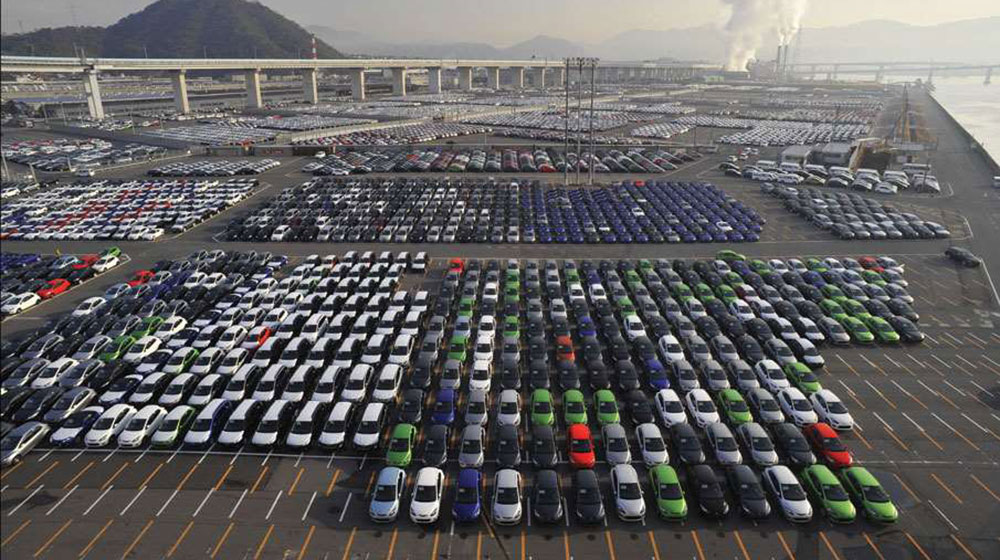
Continuing to pursue a passion for high-tech engines, Mazda introduced the first Miller cycle engine in 1995 and used it to manufacture the luxurious Millenia sedan. Mazda has subsequently introduced a range of new models and achieved significant commercial success with models such as Mazda 2, Mazda 3, Mazda 6, Mazda CX-9, Mazda MX-5, and Mada BT-50…
In early 2012, once again, Mazda caused a sensation worldwide by officially launching the all-new CX-5 with the completely new SkyActiv technology – a revolution in improving fuel efficiency. Alongside the KODO design, the CX-5 became an appealing model and caused a global craze just four months after its debut.
Mazda’s tireless wings continue to soar to conquer the peaks of the global automotive industry with cutting-edge technological advancements and class.
Khanh An (Trithucthoidai)


